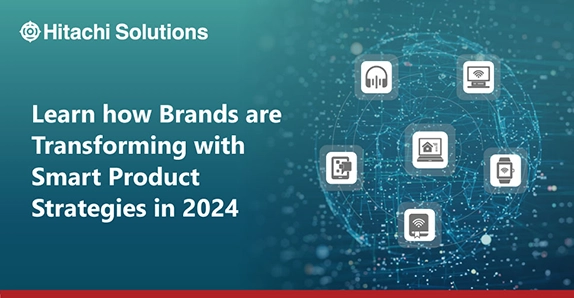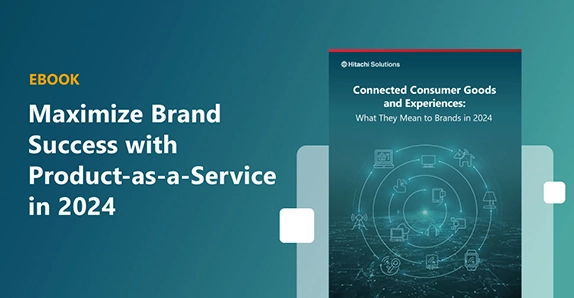

The evolution of products into intelligent, connected devices is radically reshaping CPG companies and their competition as they take advantage of new opportunities and innovative strategies to reach consumers. From the way we stream our favorite music, to how we access software, and even the manner in which we enjoy our morning cup of coffee— the shift from transactional interactions to experiential engagements is obvious.
But the value goes far beyond personal use. Smart products, as they are sometimes called, can collect and transmit data to the selling companies for a host of uses and are now being used as a strategy to stay competitive. The potential value is enormous.

Check out our new eBook, Connected Consumer Goods and Experiences: What They Mean to Brands in 2024, where we uncover the driving forces behind connected products and business models, the implications for brands, and the opportunities and challenges that lie ahead.
New Lines of Business
As consumers increasingly adopt smart, connected products, a whole host of service-oriented opportunities open up for companies to enhance existing lines of business and open entirely new ones. Linking products and services— often called a product-as-a-service model— involves selling the services and outcomes a product can provide rather than the product itself, or in combination with the product itself.
When delivered as part of a wholistic strategy, product-as-a-service models can provide a predictable and more stable revenue stream, and opportunities for upselling and cross-selling services along with a product purchase. It’s also been known to strengthen the relationship between the brand and the consumer, as customers feel that they are more attached to the brand, what it is delivering, and how their data can and will be used.
Our new eBook takes a deep dive into four of these business models that are surfacing more and more often as new lines of business for many CPG companies:
- Pay-per-use
- Bundling
- Subscriptions and auto-replenishment
- Personalized services
We investigated some of the companies who are pioneering use of these new connected service models— companies like L’Oreal, IKEA and La-Z-Boy. In the vast majority of cases, they are realizing positive returns in terms of customer sentiment and associated revenue. You’ll find examples of how CPG companies can get closer to the consumer and to the products they create. It’s a huge opportunity for those companies that embrace it and accelerate their efforts.
Just think, the Chief Innovation Officer role didn’t exist 20 years ago, and today, according to Forbes, roughly 30 percent of Fortune 500 companies have that role in place. In addition, according to LinkedIn, there are over 13,000 people with the title of Chief Innovation Officer and over 270,000 people with a title that includes the word innovation in it.
Let’s Talk Connected Products
All CPGs need to understand the art of what is possible in their industries. Growth will depend on that understanding, along with a blend of corporate commitment, strategic partnerships, and technology adoption. It’s up to every company to determine how to take advantage of these technologies and business models collectively to thrive.
Hitachi Solutions is a leading global systems integrator, focused 100 percent on Azure-based Microsoft technologies. Powered by nearly two decades of experience, we deliver end-to-end business solutions through advisory services, industry and technology expertise, and implementation excellence. Our goal is to support and accelerate data and business modernization initiatives that drive value for our customers.
If you’re ready to talk more about connected products and how you can use them to drive ROI and customer experiences for your company, reach out today.


